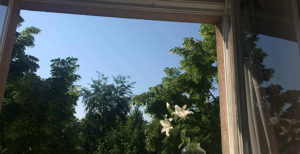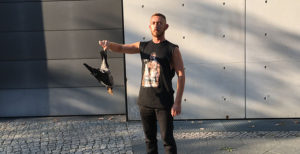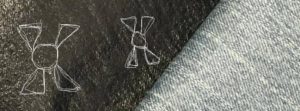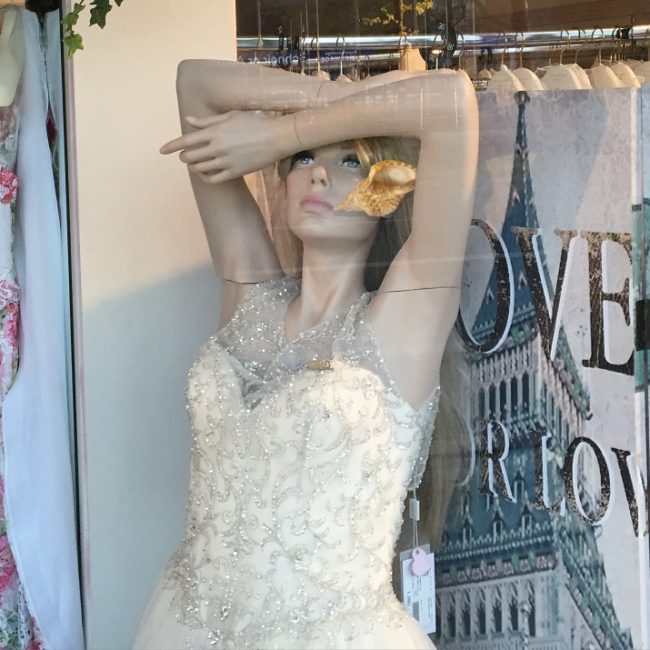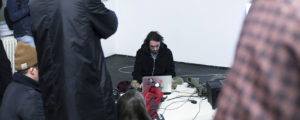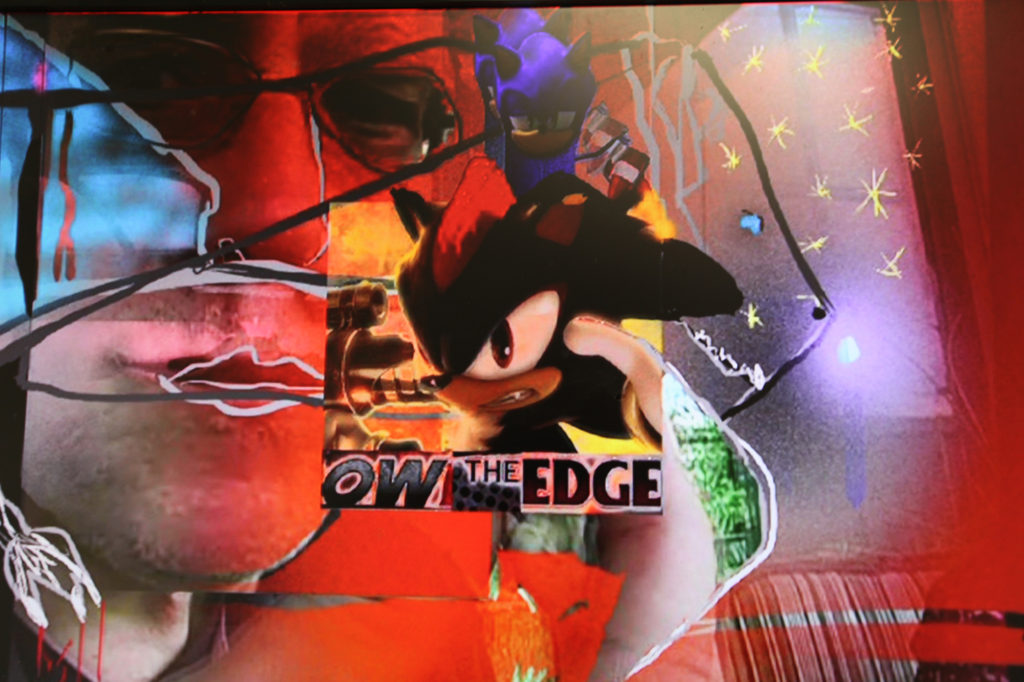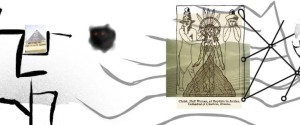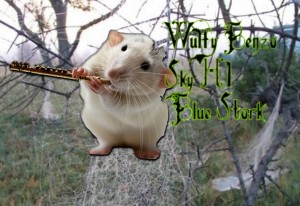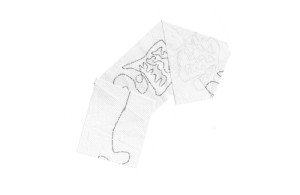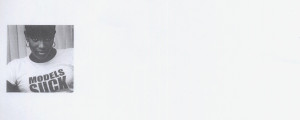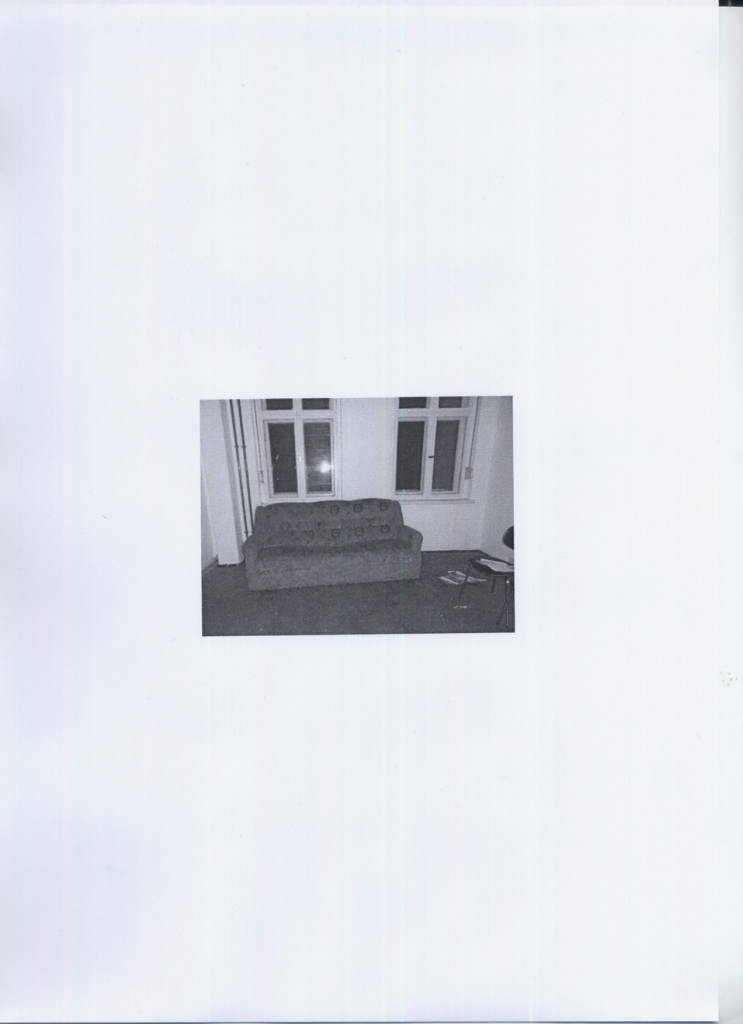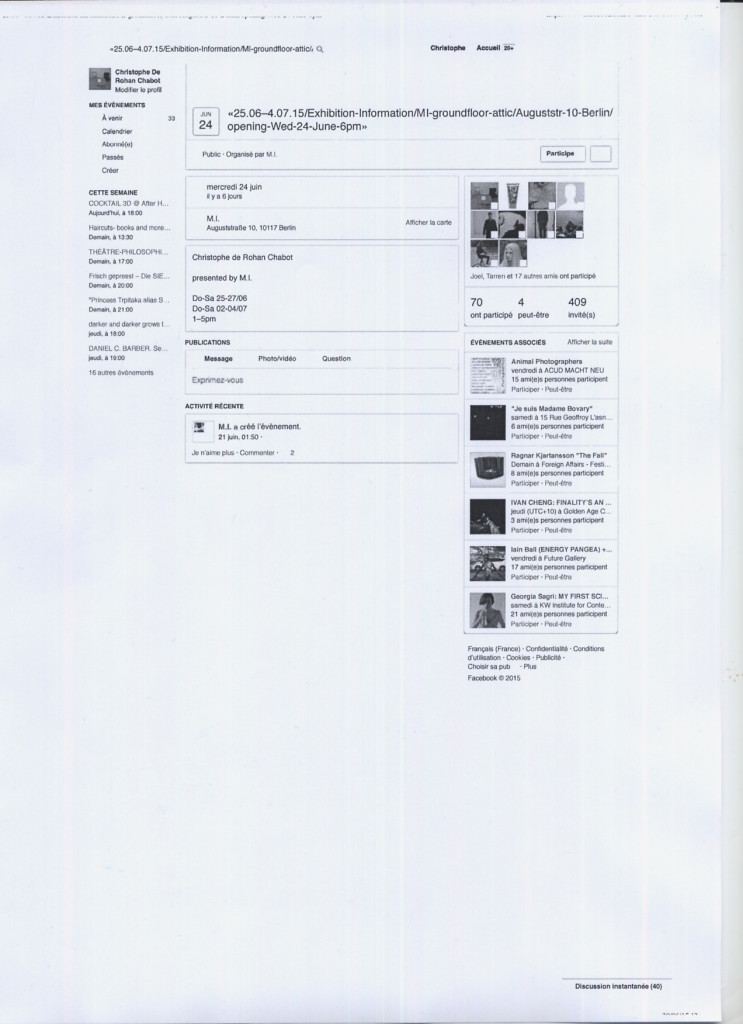Hrefna Hörn Leifsdóttir and Sarah Rosengarten presented collaborative exhibition Sist u; legs dangling, hands tucked in at Berlin’s Cave 3000 over the weekend of December 10 and 11, 2016.
The weekend slowly progressed from a more performative Saturday into a relaxed Sunday. As well as both the artists, Indriði Arnar Ingólfsson and Allegra Isenberg also participated in creating what was described as an ‘activation’ of objects and wearables.
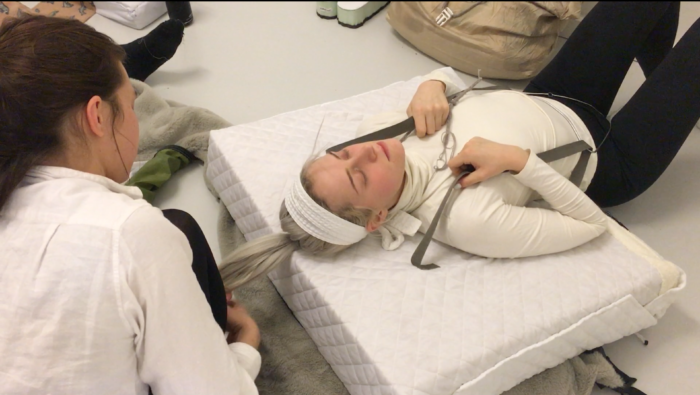
Paying close attention to their role in comfort and (self)care, the pair explored how portables become a necessity to acquire an adventurous state of mind, while the performance announcement came accompanied by an excerpt from an e-publication of Italo Calvino’s 1957 philosophical fiction novel ‘The Baron in the Trees‘, where a 12-year-old Cosimo Piovasco di Rondò climbs a tree in search of Utopia.
Over a couple of hours, the performers each presented and interacted with the pieces in different modes of activity. Unfolding in a number of directions, the movement of bodies played out against the backdrop of a dreamy, eerie soundtrack that burbled through the rooms’ silence with a misshapen mix of songs by Justin Bieber and Taylor Swift, and samples of running water, heavy breathing, a heartbeat. Played on repeat, the music is called ‘Spapop’, a genre developed for the occasion and soon to evolve with further projects.
Listen to the mix, produced by Bennet Suess, below:
In addition to the musical and performative elements of Sist u; legs dangling, hands tucked in, narrations were also read out from two short fictional texts, which were written in relation to the displayed objects: one, an interview with a young female bodyguard written by Rosengarten, the other, a monologue, called Chain of thoughts during a to long hotel stay, written by Leifsdóttir.
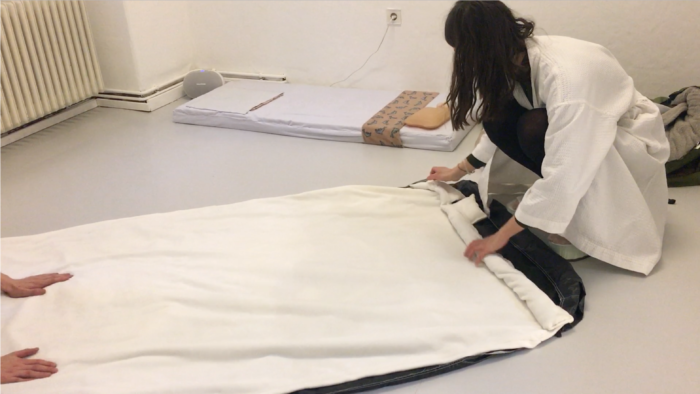
An excerpt from Chain of thoughts during a too long hotel stay by Leifsdóttir builds on the themes and motifs established by a book like ‘The Baron of the Trees’:
“I had been watching the TV upside down with my head leaning of the bed for a while, abstracting the vivid scene of a small group of pre-teens that for some reason had been stranded on a tropical island. Commonly they collected sticks and bound them together, creating huts and bridges high up in the trunks of massive trees. Camouflage constructions hidden with tropical leaves and only accessible via a foldable ladder, a system that would keep any possible danger away.
Out of sticks they created tools which they hung around their waist, carrying everything they needed for surviving in the jungle. Packing for arriving here had felt similar, preparing survival kit for working in isolated circumstances. Now I spent most of my time within my room, with my necessities I spread around I had started systematically studying the details of the surroundings. As if recognizing each and every pattern and bump would give me an ownership or even control over the otherwise impersonal space.”

Leifsdóttir is a Reykjavík-born and currently Los Angeles-based artist working with sculpture and descriptive fiction that explores the traces of a physical absence by focussing on detail. Rosengarten is a Berlin-born artist, right now based in New York whose interests lie somewhere in the “bath and beyond” within a practice that exists between digital and analogue realities. Both Leifsdóttir and Rosengarten are ordinarly based in Berlin and work within the realm of sculpture, performance and writing.
Keep an eye out for the continuation of the conversation over the coming months and the new projects that will be published through Berlin’s M.I/mi1glissé new online space.**
share news item


